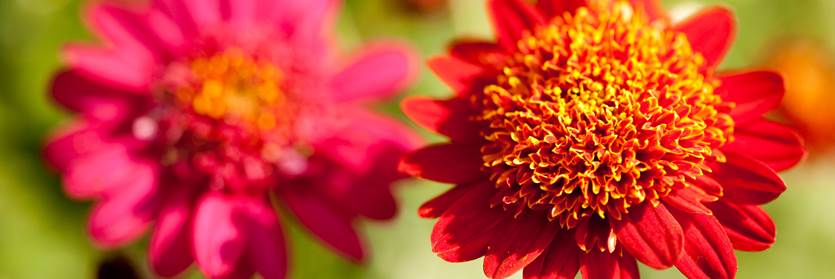Inside The New York Botanical Garden
Around the Garden
Posted in Around the Garden, Gardening Tips on February 2 2012, by Plant Information Specialists
The New York Botanical Garden’s Plant Information Specialists and the Home Gardening Center share a wealth of experience, enlightening visitors with their knowledge of indoor and outdoor plants, ornamentals, vegetable gardening, identification, and growing requirements–to name but a few of their specialties.
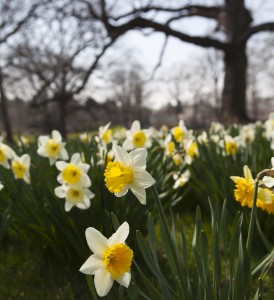 It was nearly 60 degrees here at The New York Botanical Garden yesterday, a misplaced spring day that brought with it a number of questions from our Twitter followers concerned for the future of their plants. As Sonia Uyterhoeven outlined only a few weeks ago, this strange back-and-forth with warm and cold temperatures has been wreaking havoc on the plants’ growth cycles, confusing some of them into blooming early and leaving gardeners wondering if they’ll have anything to show come spring.
It was nearly 60 degrees here at The New York Botanical Garden yesterday, a misplaced spring day that brought with it a number of questions from our Twitter followers concerned for the future of their plants. As Sonia Uyterhoeven outlined only a few weeks ago, this strange back-and-forth with warm and cold temperatures has been wreaking havoc on the plants’ growth cycles, confusing some of them into blooming early and leaving gardeners wondering if they’ll have anything to show come spring.
For spring-blooming flowers, the bad news is that it’s a “one and done” agreement–if high temperatures now push these plants into their spring phase early, there will be no second bloom post-winter. The good news is that if we have long stretches of weather in the high 30s and low 40s, those growths that are blooming early will last for a very, very long time. At this point the long-range forecast is still looking promising. But look at your average meteorologist’s win ratio and you’ll take predictions with a grain of salt.
Read More
Posted in Around the Garden, From the Library, Photography on February 2 2012, by Matt Newman
Not long ago we introduced you to a new Plant Talk series we’re calling “Past in Focus,” in which we unearth historical photographs from the LuEsther T. Mertz Library archives and attempt to recapture the scenes as they appear today. A century-old landscape undergoes any number of changes at the hands of time, weather, and ambition, leaving us drawn in by details large and small that remain untouched. You can look at these photographs and–even if only just–make out the origins of the design beneath the carefully-tended aesthetic.
In 1916, the tract surrounding the Peggy Rockefeller Rose Garden was a plane of graded soil following an idea on paper:
Read More
Posted in Around the Garden, Photography on February 2 2012, by Matt Newman
Also known as the Indian clock vine, brick and butter, and the lady’s slipper vine. I suppose the moniker is up to the imagination of the viewer.
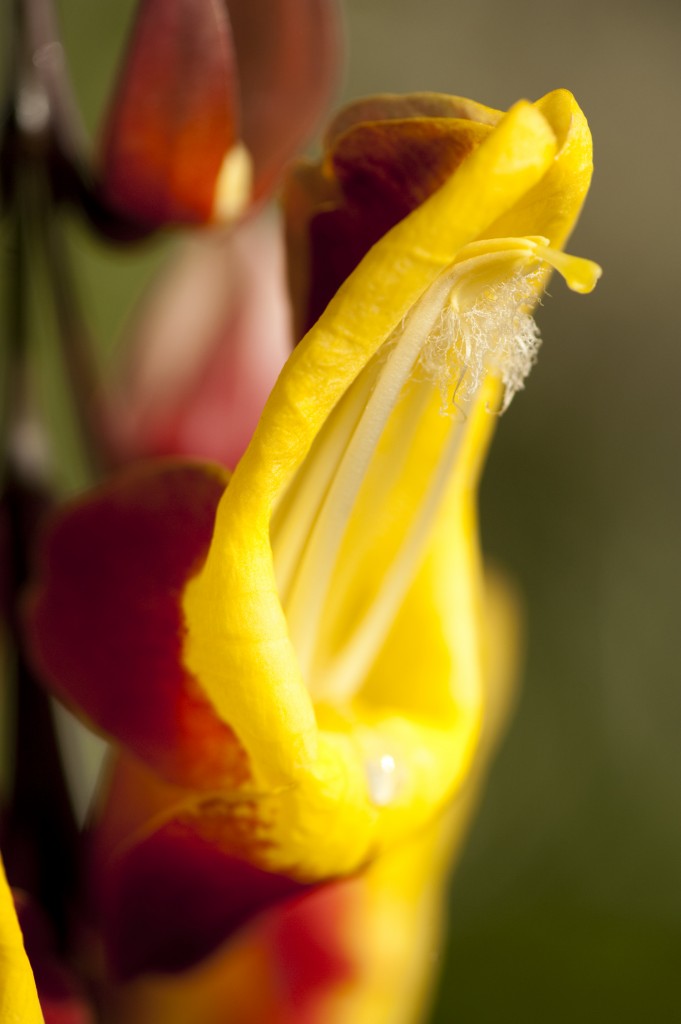
Thunbergia mysorensis — Photo by Ivo M. Vermeulen
Posted in Around the Garden, Science on February 1 2012, by Matt Newman
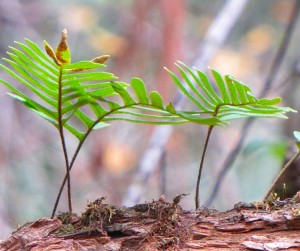 You might call it something dramatic–the “Lazarus Quandary,” maybe. It’s the scientific milestone we’re all hoping will be uncovered before we’re pitched off this mortal coil. Each year we read news articles which claim that stopping or even reversing the effects of aging is a trope of science fiction nearly within reach; it’s just beyond the next major research grant. But a simple plant–well past ancient as a species–has already cracked the code.
You might call it something dramatic–the “Lazarus Quandary,” maybe. It’s the scientific milestone we’re all hoping will be uncovered before we’re pitched off this mortal coil. Each year we read news articles which claim that stopping or even reversing the effects of aging is a trope of science fiction nearly within reach; it’s just beyond the next major research grant. But a simple plant–well past ancient as a species–has already cracked the code.
Calling Pleopeltis polypodioides (pronouncing it is like calisthenics for your mouth) the lazy greenthumb’s plant is an apt description. It doesn’t take much to keep it vibrant. In fact, a glass of water in the course of a century might just do the trick. And if its fronds shrivel up and seem to die off in the interim, don’t fall for the ruse–the “resurrection fern” is only playing opossum.
Read More
Posted in Around the Garden, Photography on February 1 2012, by Matt Newman
I had a habit of picking up fallen air plants while bumming around in the woods and swamps as a kid. More often than not it was a clump of Spanish moss clinging to a branch broken from a southern live oak. I would hang these covered branches all around the outside of the house, at least up until the point my dad convinced me the gray-green spirals were full of bats, snakes, and red mites (“chiggers” to a true southerner).
The jury’s still out on how many of his frantic warnings are true, but bring a tangle of the stuff to anyone south of the Virginia state line and there’s a good chance the bystander will keep his distance.
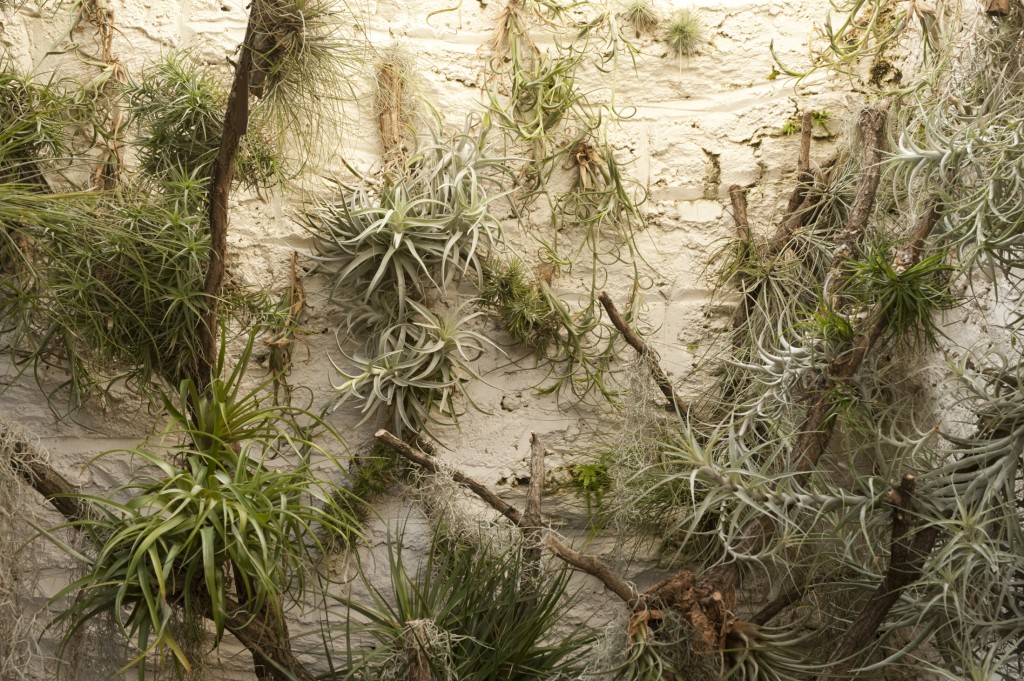
Photo by Ivo M. Vermeulen
Posted in Around the Garden, People on January 31 2012, by Sonia Uyterhoeven
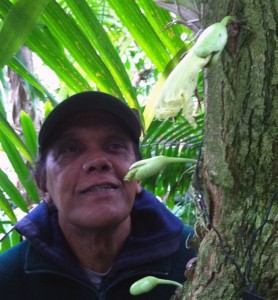 The other day I had a conversation with one of my colleagues, Ivan Ragoonanan, about his native Trinidad. During the course of the workday he often drops interesting pieces of information about the vegetation from his homeland. I was interested in an anecdotal history of some of his favorite plants.
The other day I had a conversation with one of my colleagues, Ivan Ragoonanan, about his native Trinidad. During the course of the workday he often drops interesting pieces of information about the vegetation from his homeland. I was interested in an anecdotal history of some of his favorite plants.
Local customs and the different uses of plants not only tell us a great deal about the plants themselves, but also provide a wealth of information about the lifestyles of the culture and the relationship the community has to the natural world. These things bring to light the practical and utilitarian role of nature in our lives, as well as its “magical” qualities.
Read More
Posted in Around the Garden, Photography on January 31 2012, by Matt Newman
The passion flower: revered for its beauty, nearly extraterrestrial in its strangeness, and occasionally a carrier of squidly tendrils.
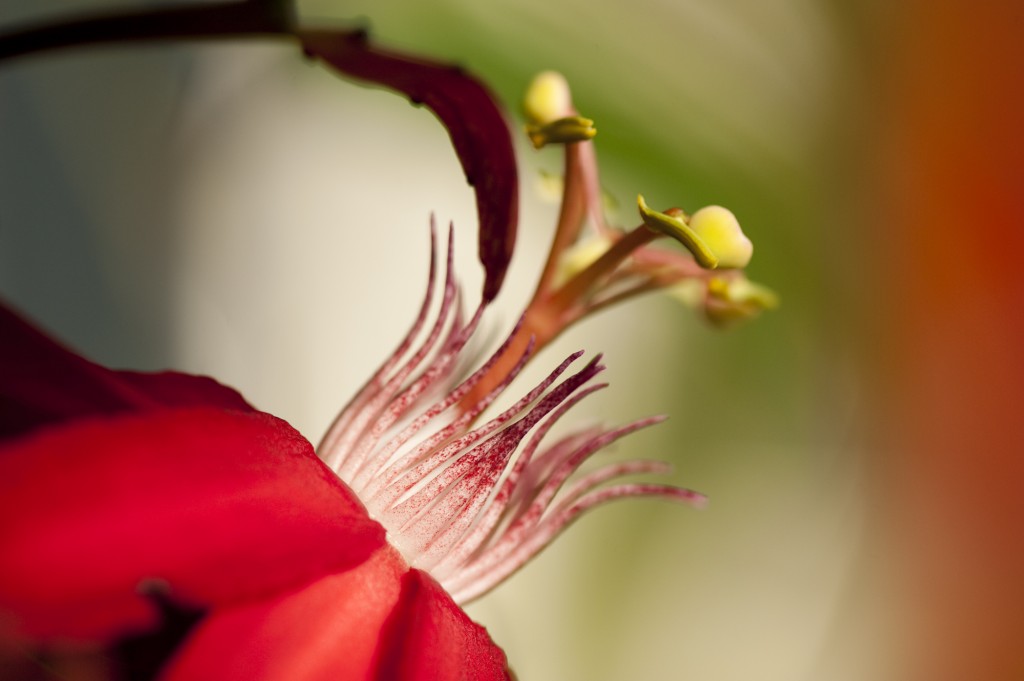
Passiflora ‘Grace Ann’ — Photo by Ivo M. Vermeulen
Posted in Around the Garden, Photography on January 30 2012, by Matt Newman
Not Costa Rica, Brazil, or the Philippines. Not even the Virgin Islands (though the ongoing Caribbean Garden event in the Enid A. Haupt Conservatory might convince you otherwise).

Photo by Ivo M. Vermeulen
Posted in Around the Garden, Photography on January 27 2012, by Matt Newman
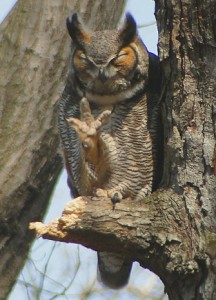 News for birding fanatics! The owls are making themselves known again at the NYBG, or so recent sightings would suggest. Friend of the Garden Pat Gonzalez informs me that a birdwatching group caught a glimpse of our Great Horned Owls mating (that’s a good sign) in the Forest near the hemlocks, meaning that we may have another small parliament of owls (I maintain that collective nouns are the most fun you can have in language arts) terrorizing our chipmunk population in the near future.
News for birding fanatics! The owls are making themselves known again at the NYBG, or so recent sightings would suggest. Friend of the Garden Pat Gonzalez informs me that a birdwatching group caught a glimpse of our Great Horned Owls mating (that’s a good sign) in the Forest near the hemlocks, meaning that we may have another small parliament of owls (I maintain that collective nouns are the most fun you can have in language arts) terrorizing our chipmunk population in the near future.
Despite often being year-round residents at the NYBG, we generally see neither hide nor feather of these airborne hunters due to their nocturnal habit–at least up until breeding season when diurnal hunting becomes more common. Having the leaves off the trees at this time of year also makes spotting these raptors more of a cinch. But when a storm toppled the birds’ favorite nesting tree, it made locating them something of a challenge. Seeing the owls going into 2012 has proven a hit-or-miss endeavor for our local birders.
Read More
Posted in Around the Garden, Photography on January 27 2012, by Matt Newman
If you follow the NYBG Tumblr feed with any regularity, you know my succulent fanaticism shows through like the sun. I (sort of) promise not to let it overtake Plant Talk.
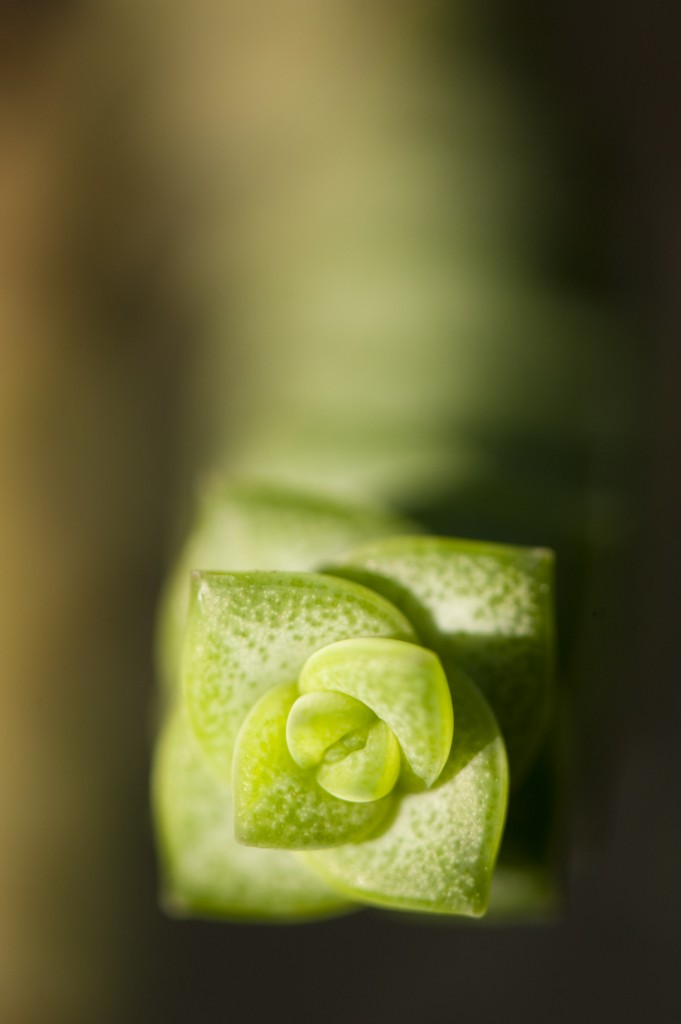
Crassula perfoliata — Photo by Ivo M. Vermeulen
 It was nearly 60 degrees here at The New York Botanical Garden yesterday, a misplaced spring day that brought with it a number of questions from our Twitter followers concerned for the future of their plants. As Sonia Uyterhoeven outlined only a few weeks ago, this strange back-and-forth with warm and cold temperatures has been wreaking havoc on the plants’ growth cycles, confusing some of them into blooming early and leaving gardeners wondering if they’ll have anything to show come spring.
It was nearly 60 degrees here at The New York Botanical Garden yesterday, a misplaced spring day that brought with it a number of questions from our Twitter followers concerned for the future of their plants. As Sonia Uyterhoeven outlined only a few weeks ago, this strange back-and-forth with warm and cold temperatures has been wreaking havoc on the plants’ growth cycles, confusing some of them into blooming early and leaving gardeners wondering if they’ll have anything to show come spring.